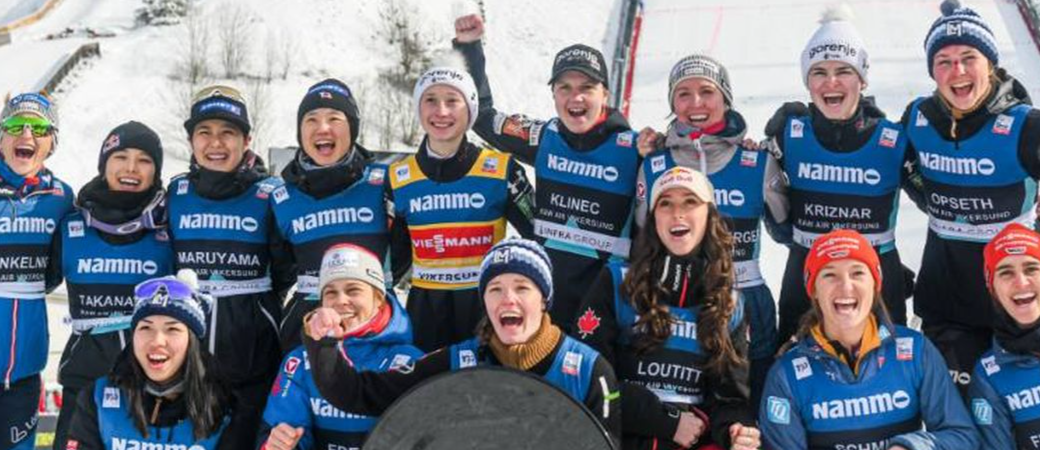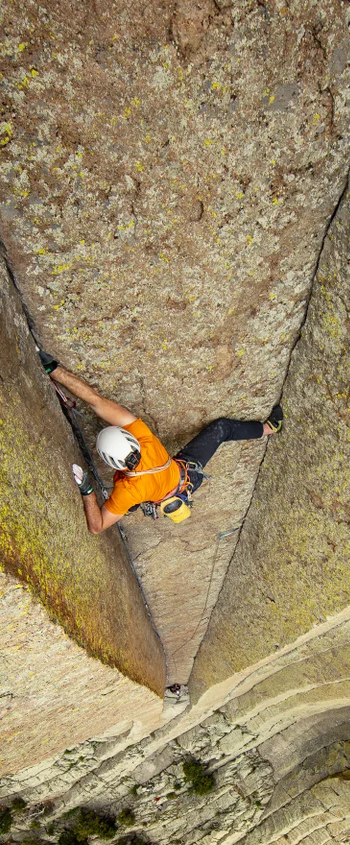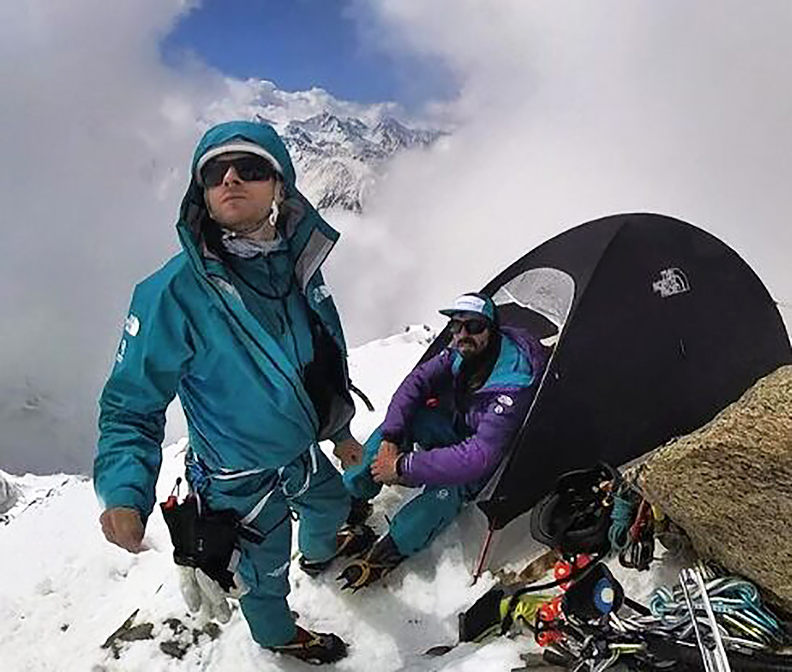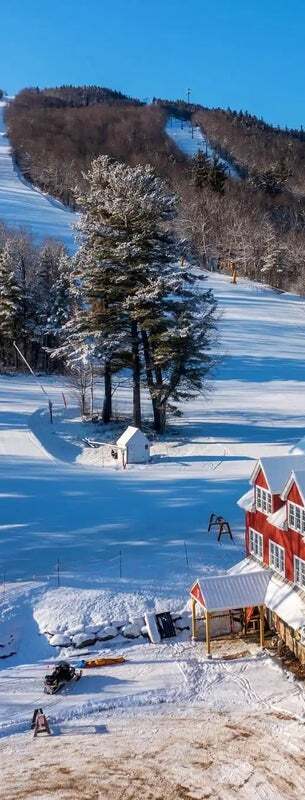Emirates Team New Zealand: Two-Boat Training in Auckland
In the heart of wintery Auckland, Emirates Team New Zealand’s rigorous two-boat training sessions may prove pivotal come October 2024 when the stakes are highest. The daily drills on the Hauraki Gulf aren’t just enhancing the Kiwi Women’s and Youth Teams’ skills but are also showcasing the immense depth of talent within the senior squad, devoid of fame or ego—true to the Kiwi spirit. Another electrifying two-boat session in solid breeze demonstrated the narrow margins separating these top sailors.
Emerging Talent and Fierce Competition
Josh Junior and Sam Meech, standout sailors from the Emirates Team New Zealand program, faced off in a one-design AC40 against a super-tuned AC40 in LEQ12 mode. Despite the speed differences in straight-line sailing, close-quarters maneuvers saw minimal disparities. The boats were pushed to their limits, often skirting and sometimes surpassing control.
Over twelve pre-starts, both boats adopted a trap-door approach, attempting to force each other into falling off the foils—a critical error. Peter Burling, with his masterful maneuvers, often induced mistakes from his opponents, while Blair Tuke and Andy Maloney’s rapid responses kept them foiling through intense changes of direction. The potential for such tactics in the actual Cup races promises a thrilling spectacle.
Team Dynamics and High-Intensity Training
However, Burling and Outteridge didn’t have it all their way. Junior and Meech, supported by the talents of Gemma Jones and Marcus Hansen, managed to force errors and showcased excellent timing during the final pre-starts. The rapid-fire starting practice highlighted the Kiwis’ focus on this critical phase. Smooth waters off Takapuna and a brisk 18-knot breeze made this one of the most intense sessions yet, demonstrating Emirates Team New Zealand’s escalating intensity.
Blair Tuke reflected on the session, saying, “Another two-boat session for us so just got out and got straight into it really. It’s going well, today was a bit more moderate conditions and we were out off the East Coast Bays with some waves thrown in the mix. We were pushing it, with a few more touchdowns and crashes into the water and such, but all in all a good day.”
He emphasized the value of these sessions: “The goal for this block for us isn’t to find the limit for these boats; we’re not racing the America’s Cup in them. The focus is on crew coordination, assessing race situations, and executing our strategies. Josh and his team are doing a great job pushing us to the limit, so it’s pretty invaluable practice for us really.”
On the speed differences and advantages of the LEQ12, Tuke noted, “The main focus for us is the start. We did quite a lot of starts and then a lap if it’s more even or at least the first intersection. We’ve definitely got an advantage there, but the main focus is on interaction, the start, and all the jostling, which is more even between the boats. It tests us a lot.”
Women’s and Youth Teams’ Progress
The day also saw valuable time-on-water for the Women & Youth teams, who took the one-design AC40 out for crucial practice. The Women’s team, featuring Gemma Jones, Liv Mackay, Jo Aleh, and Molly Meech, focused on basic boat handling and straight-lining, honing their skills throughout the session.
As the LEQ12 joined them near midday, the teams engaged in warm-up laps before intense pre-start practice in the robust conditions. Despite the LEQ12’s speed advantage in the heavier air, the AC40 OD’s aggressive tactics led to favorable starts. Twelve practice races concluded the day, marking another top-class session for Emirates Team New Zealand.
On-Water Recon Report
The cold, cloudy winter day in Auckland saw the ETNZ Women’s team embark on their first training day, working on all aspects of sailing the AC40 OD near Takapuna Beach. The team, with some members new to the AC40, focused on straight-lining and basic boat handling, improving steadily. Later joined by the LEQ12 team, they completed a series of aggressive pre-start drills, taking advantage of the upper-range sailing conditions. With both teams taking more risks, the sessions were invaluable for honing skills crucial for the upcoming America’s Cup.
Source: https://www.americascup.com/news/3061_SAILING-ON-THE-EDGE-OF-CONTROL-IN-AUCKLAND
Extreme adventure at the edge of the word: sail and ski in Norway
There are few more thrilling places to ski tour than the Lyngen Alps, a 55-mile chain of peaks that punctuates Norway’s fragmented northerly fringes.
“Sometimes you have to do things you’ve never done to get to places you’ve never been.” These are the words of wisdom offered by our mountain guide, Espen Minde, as we take a break from climbing 1,000 metres on skis up an unnamed peak in Norway’s Lyngen Alps. Something, indeed, I’d never done before. We’re also climbing straight into a blizzard. Normally, in conditions like these, I’d have turned back or maybe not even set off in the first place. But Espen, being a Norwegian mountain guide, isn’t put off by driving snow, howling winds and zero visibility. And as our group — comprising six other skiers — has every confidence in Espen’s years of experience touring these wild, often unnamed mountains, we plough on.
Ski touring in the Lyngen Alps isn’t always like this, of course. Aboard the Arctic Eagle catamaran, the comfy floating accommodation for our ski and sail trip around Norway’s northeastern shores, we’ve seen all weathers. On the first day, having sailed for three hours from its base in Tromsø, Arctic Eagle anchored off the coast of Vanna island, afternoon sunlight glinting on the waters of the fjord as our captain, Håkon, ferried us to the rocky shoreline.
Once on dry land, we start our 1,031-metre ascent of Mount Vanntinden. The snowbound peaks of the Lyngen Alps bear down on us from all quarters, rising majestically up into a baby-blue sky. There’s not a soul to be seen and not a sound to be heard other than the gentle lapping of sea against shore.

Espen leads us at a gentle pace, with breaks to take in the view. It’s late April and we’re well north of the Arctic Circle so we have plenty of daylight. The views as we ascend become more spellbinding, the slowly sinking sun casting an increasingly golden glow across mountains and sea. By the time we reach the summit, the sun is just above the horizon and we’re on top of the world in every sense. It’s high fives all round, a fast round of photos, then we need to get moving to get back to the boat before dark.
We remove the climbing skins from the base of our skis (the sheathes that allow you to ascend without constantly slipping backwards), flip our ski touring bindings to ‘descend’ mode, don a couple of warm layers, tighten up rucksack straps, clip into our skis again and set off downhill.

We’re able to spread out and enjoy big, swooping turns across huge snowfields almost all the way back down to the fjord, skiing into the setting sun, a glorious landscape of deserted mountains and dark-blue sea spread before us. Whoops and hollers of excitement are inevitable and why not? There’s no one else around.
Back aboard Arctic Eagle, everyone is ready for a beer, but not before one unavoidable Arctic ritual: a quick dip in the icy Norwegian Sea. With the water temperature at around 5C, no one stays in for long. Warm and buzzing after a hot shower, we gather in the catamaran’s galley around the large table to enjoy freshly caught cod and cold beers, before Captain Håkon, who’s sailing us east to anchor off the coast of Arnøya island for the night, shouts: “Quick! Come up on deck!”
The Northern Lights are doing their thing in the starlit skies above. A relatively muted display of pale-green swirling waves passing over us, but it’s a winning finale to the perfect day. Not every day is so blessed, of course. This is Arctic Norway and the only predictable thing about the weather is its unpredictability, but over the course of the trip we get to ski amid the most incredible scenery, in everything from sunshine to mist, sleet and snow. Eventually, six days after setting sail from Tromsø, Arctic Eagle returns us to its home port. Exhausted, sunburnt, weather battered and happy, we step ashore and say a sad farewell to Captain Håkon and Espen, safe in the knowledge that it’s absolutely worth doing things you’ve never done to get to places you’ve never been.
By Alf Anderson, National Geographic
For more information and details : https://www.nationalgeographic.com/travel/article/extreme-adventure-sail-ski-in-norway




